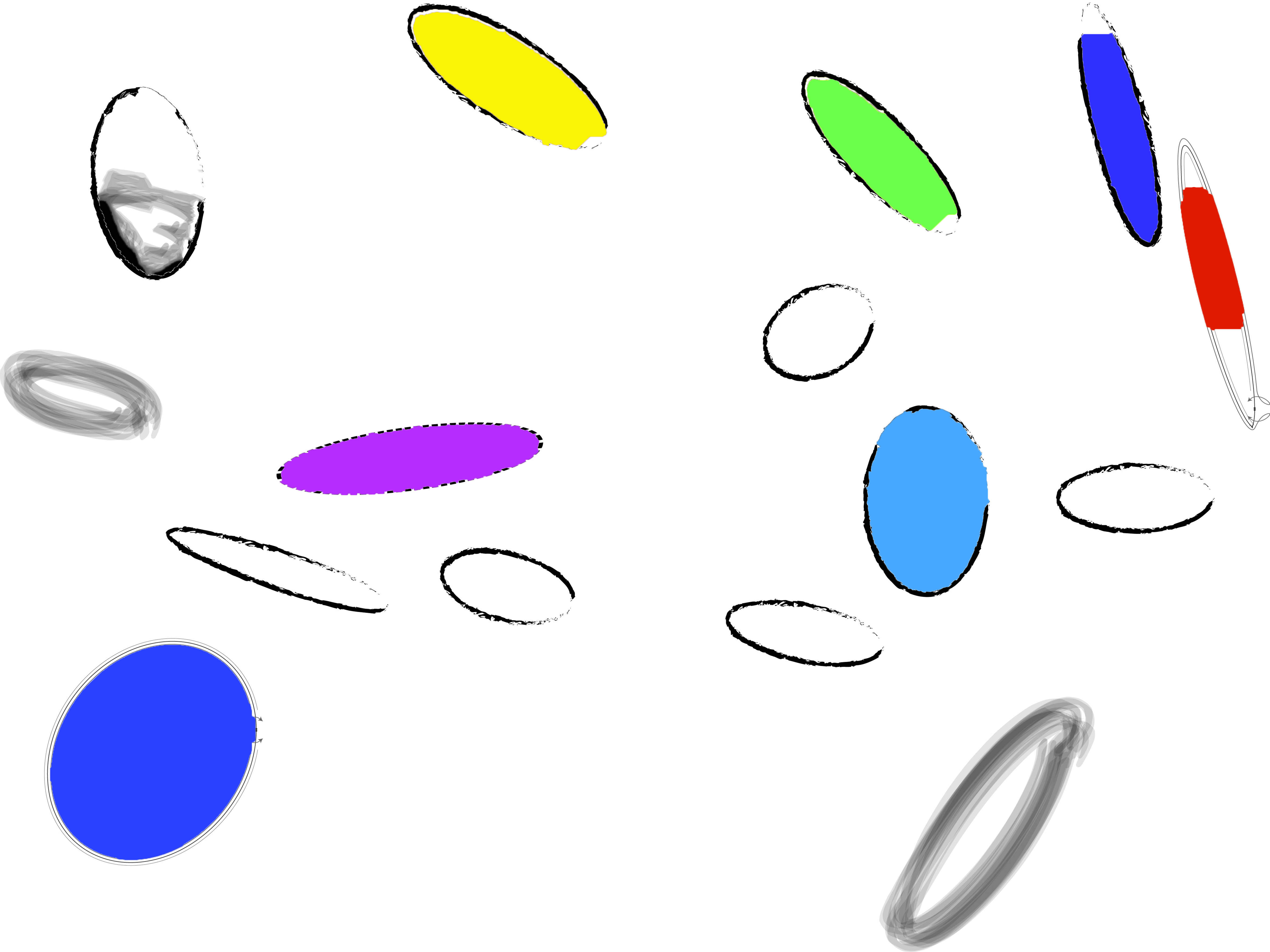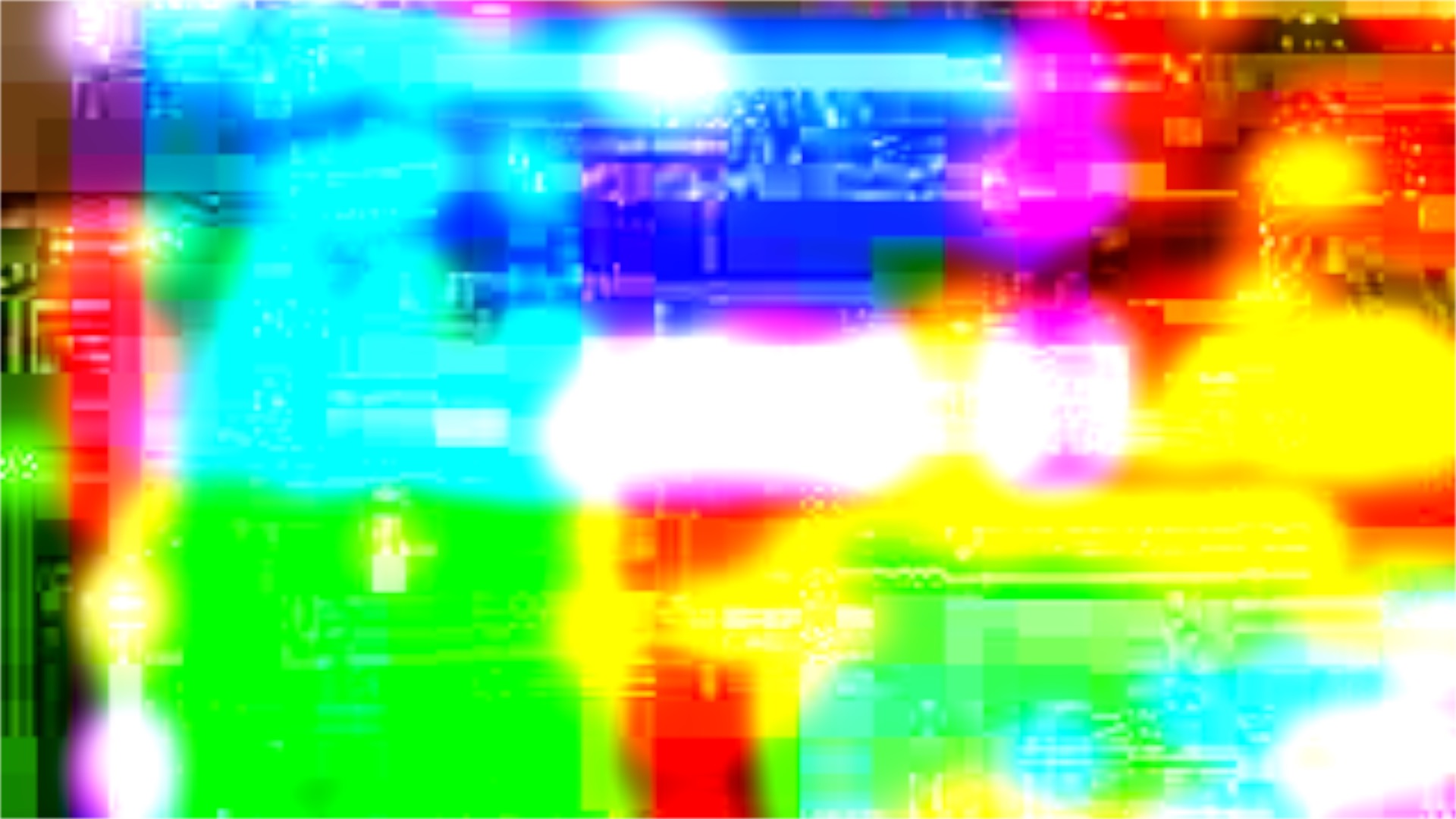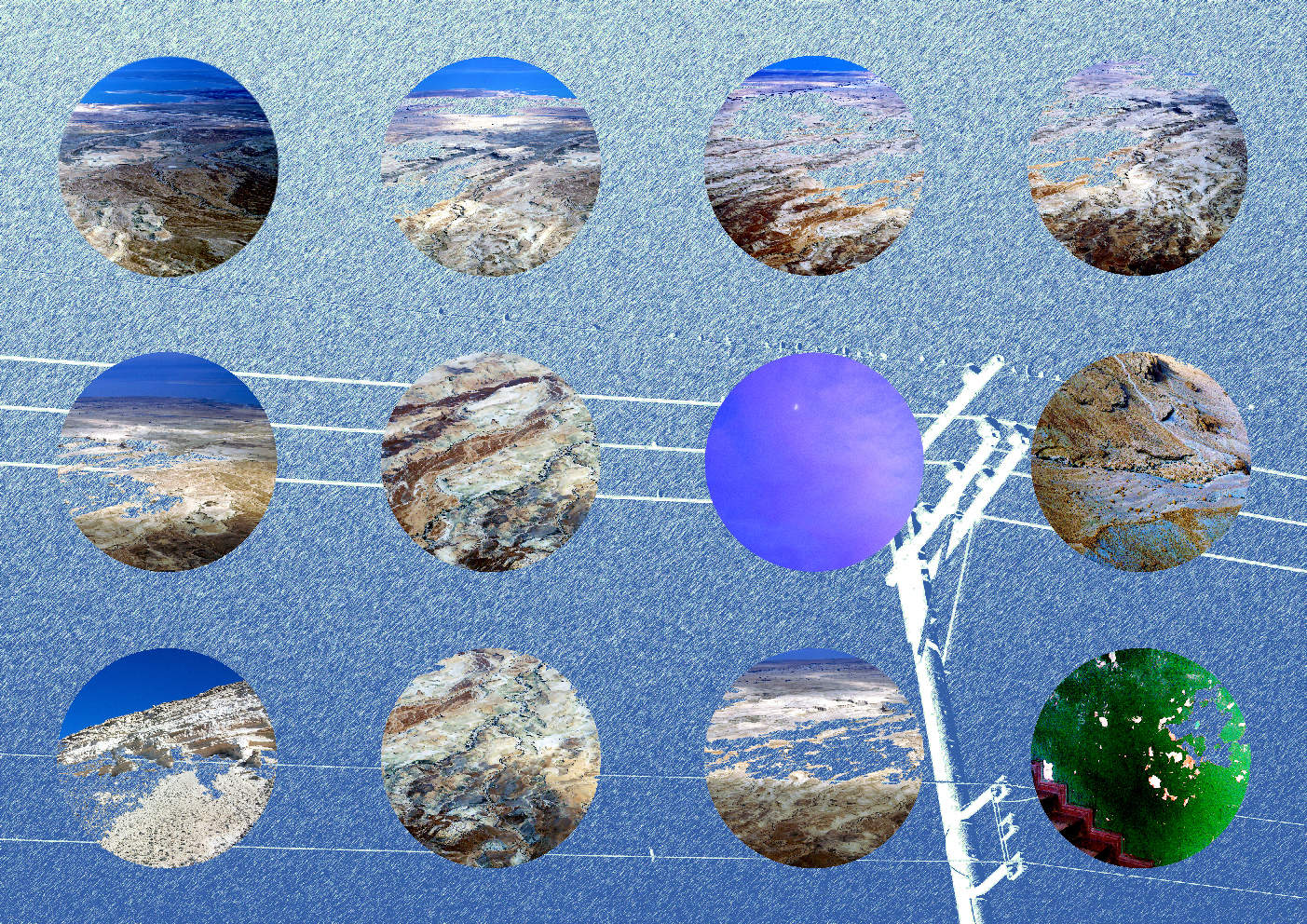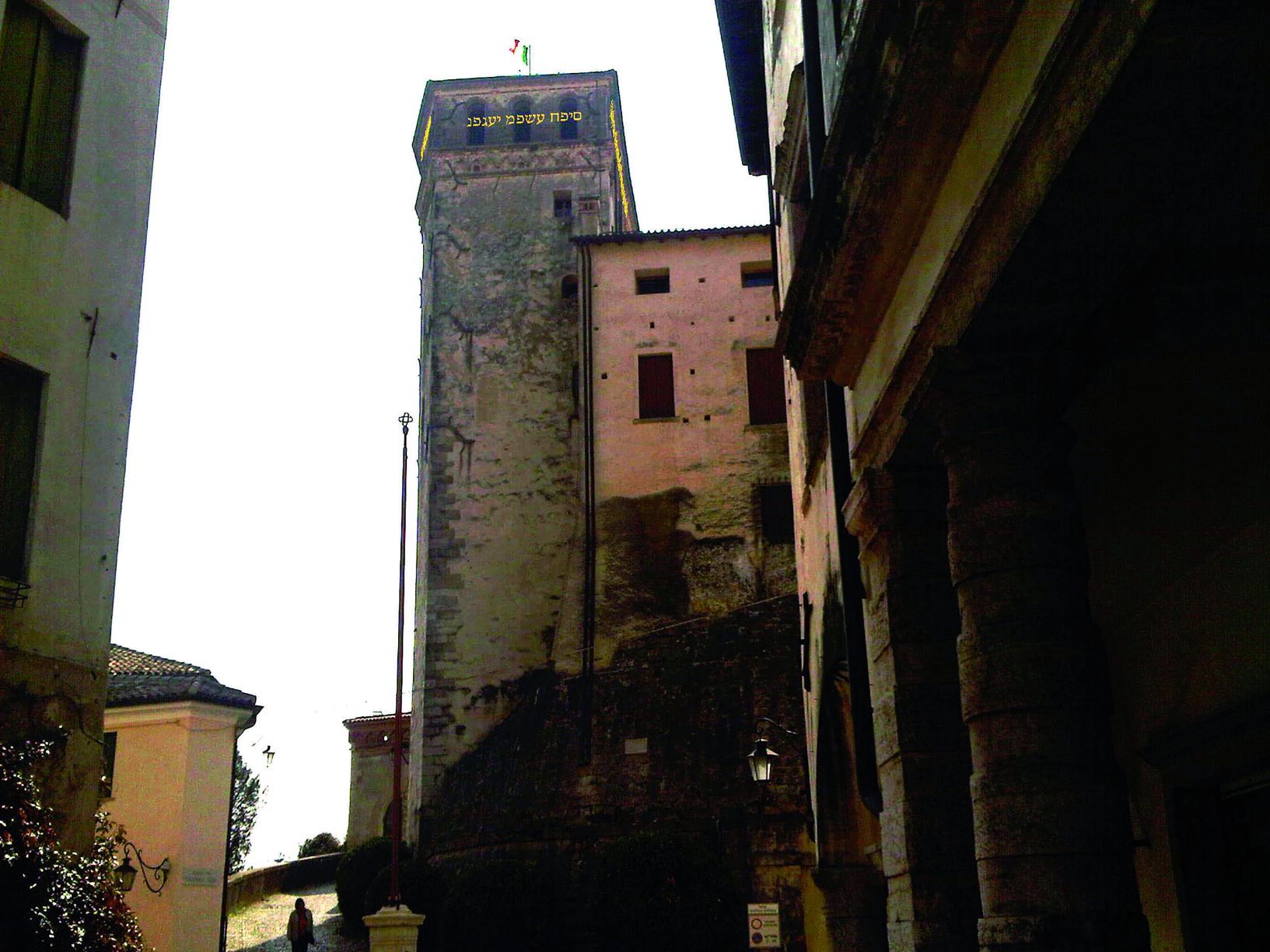Projects
Murano Magma Project 2018
The shape of the island of Murano (Venice) is actually the sum of seven fragments that constitute a single puzzle. Not just any number, but just the seven which, from a symbolic point of view, indicates solitude and completeness, what Murano actually transmits.
So, I thought of a work that could represent the reality of Murano confronting the idea of glass that has very ancient origins, innervated in the social and economic history of the island no less than in a special relationship between the elements, earth, fire, water and air, which here miraculously converge. My work also wants to bring into play, opening to a further proliferation of meaning, the qualities outlined from the outset in the underground symbolism of the seven-component puzzle, which thus becomes a strength in the foundation as well as in the renewal of those values on which the image of Murano rests and is conveyed in the collective imagination.
In the first sketch I traced the elliptical entities that make up a single field of forces, potential subjects (artistic, industrial, political, social, etc.) converging into a dialectical whole, frag-ments in dynamic tension between them that can meet and develop synergies. Seven of these elements were colored, defining values for each color.
Orange color as a symbol of inner harmony, artistic creativity, trust in oneself and in others.
The light blue color as a symbol of communication through creativity.
The Blue color as a symbol of harmony and balance in the subjective and social sphere.
The Yellow color symbol of knowledge and energy, both intellect and nervous.
The Red color symbol of vital energy both mental and physical.
The Violet color that symbolizes the ability to identify with one’s neighbor.
Green color symbol of perseverance and superior knowledge.
It is at this point in the ideational process that I identified the seven still abstract elliptical entities with the seven islands of Murano and with the principles that I thought could summari-ze the main values necessary for the economic and cultural development of a community like the Muranese one, but also in part to understand its history.
The hypothesis of an installation called “THE MURANO PUZZLE. Armonia” (TAV 3) which proposes the hypothesis of seven large Murano glass slabs, which face the stylized “forma urbis” of the island, each bearing the following propositions: Cultural identity Environmental sustainability Dynamic balance Holistic approach Exchange of ideas Relationships Art.
The “Harmony” represents the ideal condition of social, economic and cultural growth, and yet, in order to be realized, it naturally needs the “Conflict” understood as a constant push towards confrontation, criticism, change, overcoming oneself, to creativity tout-court.
This is why I created a last table “THE MURANO PUZZLE. Conflict, which could form the basis for the production of a typical Murano glass object (a vase, a plate, etc.) that represents the positive effects of the conflict, as a germinator of forms.
Faust 2018
The central question of Faust is the one to which is not given and perhaps cannot be given a true answer. It stands eternally at the center of the human experience: Do you believe in G-d?
I have read Faust twice during my life, the first time as a teenager. In order to make this last video, I read again for the third time - after a long time, and in a certain way when I’m not young anymore - the immeasurable Goethian poem.
Its story suddenly appeared to me in a familiar light, no longer just intellectually filtered by the screen of the great abstract meanings that opens to reflection on the relationship between man and universe, through concepts such as man’s aspiration to freedom, to beauty, to absolute. In my youth these concepts had strongly attracted me along with the harsh criticism of rationality, incapable of going alone to the perfection of the spirit and giving completeness to the experience of life.For this reason Faust arrives to discover, after a whole life dedicated to the study, that his intellectual path is the very cause of his spiritual drying up and failure. Even if he talks with the spirits and pretends to dominate them, he cannot be part of that superior world, so the final question to which Faust must respond at some point in his life is - in the logic of an extreme rationalism - if life is worth more than peace-fullness offered by death. At the beginning of the drama he is inclining for this second dramatic solution.Only a challenge as desperate as vain to the moral void that characterizes the human condition when it is disconnected from the spiritual and divine aspects and the consequent discovery of love as an inalienable life force can make him aware that there is a remedy for the arrogance of the absolute reason and its spiritual nihilism. At the same time, however, the moral ambiguity, the ambivalence to which Faust cannot escape, are the prime causes of his perdition and of the loss of Gretchen.The heart of the matter is evident and is expressed forcefully in Gretchen’s question: “glaubst Du an Gott?”
LAMED
Swarm, Net-project 2017
Lamed is a project for the creation of a web page that proposes 12 landscape details, linked together through the thread of my experience. Nine belong to the Dead Sea, one to the Negev desert, one to an old uninhabited building of the former Ghetto of Wroclaw, one to the sky seen from my bedroom window. All places of evanescence, of the disappea-rance of the image and at the same time of the persistence of memory.
A landscape is in fact always a place of consolidation and stratification of the memories of an individual or a community, a synthesis of the action of man and nature, space of metamorphosis, but even more so it is an oscillating and indefinite condition of the soul between vision and enlightenment, a vital moment of our experience which, in bringing the multiple meanings of the scene before our eyes to the consciousness, asks us to go beyond the apparent density of the image to base the intimate truth of the representation in what is in itself difficult to represent, being essentially impermanent, fluid and subject to constant change.
In this sense, the landscape emerges from time to time, in an always new form, as a consequence of an act of knowledge, when we, looking beyond, know how to understand its (and our) inner echoes, its ancient memories, the traces of the lived and the primitive sound that passes through it and at the same time we perceive its universal spiritual value, the message that is sent to us about the authentic nature of the Real, about its continuous transformation that opens up in this way to life and the relationship between things. A landscape that has infinite faces, all our changing faces. This change, this incessant motion corresponds to the laws of existence and regards everything, every element we are in relationship with, everything we think, design, build: the house, the affections, the art, the beauty. Which, however, are not for this reason useless and vain acts, since in them are realized the profound sense of man’s belonging to the divine project and his responsibility in continuing the work of creation along the path of perfection and reparation, of what in Judaism is called Tiqqun Olam.
We can perhaps say that in order to see the secret truth of the landscape it is necessary to sharpen the view to the point of extinguishing it, passing definitely beyond. Not for nothing the best condition is to close your eyes, so that the scene can vanish completely before us, allowing us to contemplate it beyond the physical limits. Thus the desert or the sky or the open sea, whose forms are naturally opposed to giving themselves as certainties, attract me in a special way because they are the best places to observe in depth, to “dream”. Enormous metaphors of freedom and of the vastness of creation that every man can take inspiration from.
The twelve circular doors of Lamed invite you to go beyond the threshold just shown by the image, entering completely as in an immaterial tunnel to find - between the incessant flow of memories and the awareness of the dissolution of everything until the disappearance - that capacity of measurement and judgment without which actual understanding of the nature of existence and our relationship with the world is not given.
Note: Lamed is the twelfth letter of the Hebrew alphabet, the highest and its numerical value is 30. It represents education, teaching and purpose. The number 12, equivalent of three (1 + 2), possesses a vast range of symbolic and Kabbalistic meanings, first of all expressing the function of measure, also intellectual and moral. Here it is sufficient to recall the eschatological significance present in Ezekiel (Ezekiel 48: 31-35), when he refers to the vision of the new Jerusalem, which has a wall with 12 gates, each bearing the name of the 12 tribes of Israel, which the sons of Israel will have to cross to reunite from exile. Therefore sign of the election. The first Christian communities have borrowed the elective meaning of the number in the 12 apostles.
Metaphorically we can therefore imagine that the twelve landscape details are just as many doors to be crossed to meet each one’s own “election”, or the awareness of one’s rela-tionship with the world and initiation to a higher degree of knowledge, through the progressive inner transformation.
STELLA
Asolo Clock Tower installation project 2011
Stella is an installation created with neon Hebrew characters, corresponding to the names of the twelve victims of the Asolo massacre of 1547. The names are each placed inside the space of the 12 windows placed on the longer sides of the Clock Tower.
The title of the installation is dedicated to one of the victims of the massacre, Stella, aged 12, whose name echoes the vision of Magen David.
The writing in yellow Hebrew characters recalls the consistent Jewish presence, today almost forgotten, in Asolo where in 1547 an important episode of anti-Semitic violence took place, taking the form of a veritable massacre of innocents.
My intervention wants to be a “poetic” sign operating to restore and maintain Memory as a fundamental tool for the construction of a deeper awareness of the present time, not only aimed at the critical knowledge of the past but rather aimed at preserving the future.
Asolo therefore, despite the magnificence of the nature that surrounds it, in the peaceful living of its people, in its incomparable and centuries-old testimony of art and culture, can still evoke paradigmatically, after many centuries, the existence of what Hannah Arendt has called “the banality of evil”, to which not even beauty remains extraneous.
The theme of memory therefore remains extremely current and constantly projected from the past towards the future that comes.
I will write the names of the victims of the Asolo massacre in Hebrew because they - living memory of the innocent fallen - are honored in the language of the Word, being a warning and guiding us even today in the journey towards the fulfillment of a completed humanity.




